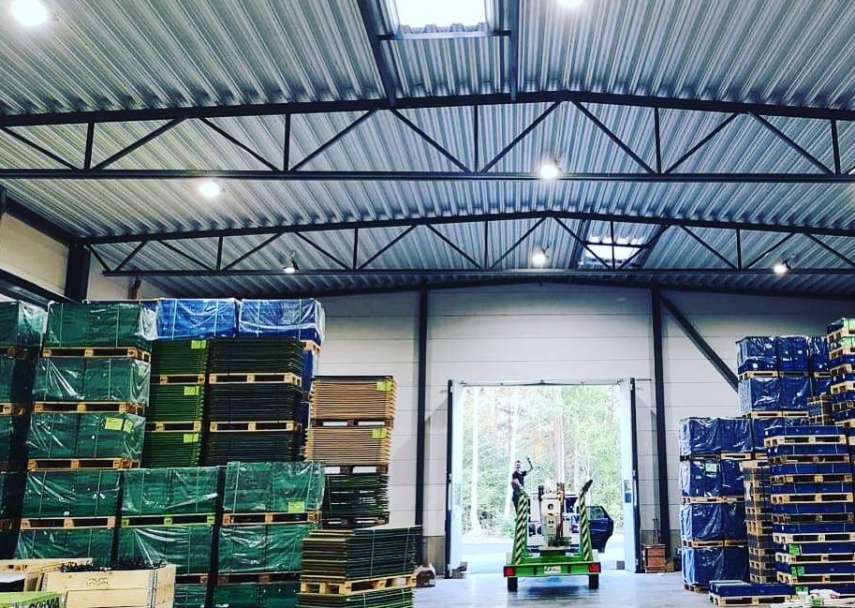In the modern Industrial lighting (Industribelysning), performance, toughness, and cost-effectiveness are critical parts for success. Among the many systems which are revolutionizing professional procedures, LED (Light Emitting Diode) engineering sticks out as a game title changer in professional lighting. Within the last decade, LED illumination is among the most chosen selection for corporations seeking to boost power efficiency, minimize operational expenses, and improve office safety. In this article, we discover the important role that LED technology represents in shaping the continuing future of industrial lighting.

Energy Efficiency: Lowering Detailed Expenses
One of the very most substantial advantages of LED technology in professional light is its power efficiency. Unlike traditional illumination options, such as incandescent or fluorescent lights, LEDs eat far less energy while giving the exact same (or also superior) amount of brightness. Reports show that LED lights can minimize energy use by as much as 75%, translating into substantial savings for industrial features around time. These price savings may be reinvested in different important aspects of the business enterprise, more boosting detailed efficiency.
Endurance and Toughness
LED lighting is noted for its extended life, with several LED lights sustained as much as 50,000 hours, in comparison to only 1,000 hours for incandescent bulbs. That durability decreases the necessity for regular replacements, reducing maintenance fees and downtime in commercial settings. Moreover, LED lights are far more durable, effective at withstanding harsh situations such as for instance excessive temperatures, vibrations, and shocks. This makes them suitable for challenging industrial environments like warehouses, factories, and manufacturing plants.
Increased Illumination and Exposure
In industrial options, correct lighting is a must for worker safety and productivity. LED lights provide superior illumination and better light distribution, ensuring that work parts are illuminated uniformly. This can help lower the chance of accidents, especially in places wherever accuracy and attention to detail are required. The enhanced awareness also contributes to increased employee performance, as jobs can be accomplished more effectively and with fewer mistakes.
Environmental Influence and Sustainability
As environmental considerations keep on to increase, corporations are increasingly turning to sustainable solutions. LED light is really a more eco-friendly choice compared to old-fashioned lighting technologies. LEDs don't contain harmful components like mercury, that will be typically present in fluorescent bulbs. Additionally, they are 100% recyclable, reducing the total amount of spend created by commercial facilities. By creating the change to LED engineering, corporations can minimize their carbon impact and contribute to a greener future.

Conclusion
The adoption of LED engineering in professional light presents numerous advantages that enhance both working performance and sustainability of businesses. From their energy-saving features to their toughness and remarkable illumination quality, LED engineering is transforming industrial light and allowing firms to remain aggressive within an ever-evolving market. As industries continue to prioritize power performance and cost-effective answers, LED engineering will undoubtedly play an important role in shaping the continuing future of industrial lighting.
